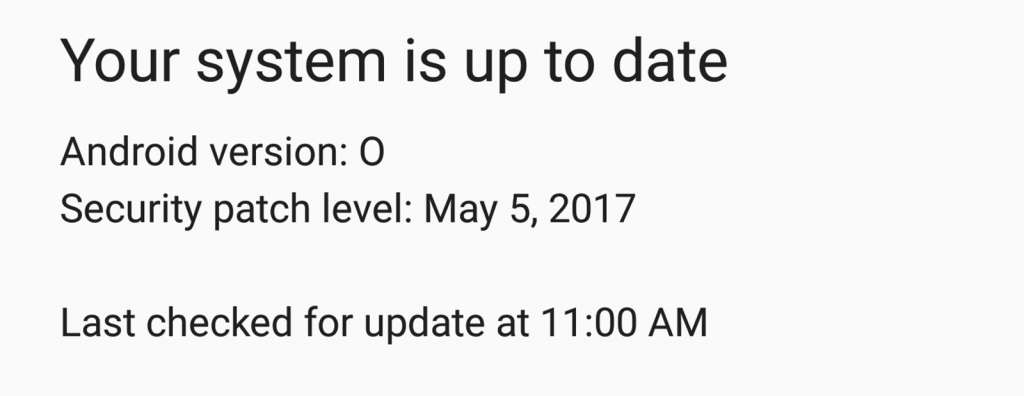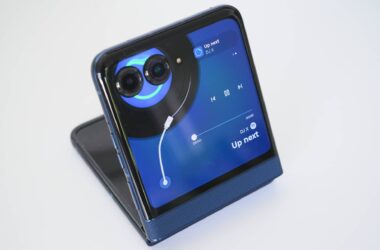Another year, another milestone, and this week Google has revealed to everyone how many devices feature Android at its I/O conference, and the number ain’t small.
If you own a smartphone or just look around at those who have one (which these days is pretty much anyone and everyone), there’s a clear indication of the two companies that make the operating systems of choice.
With iPhones running Apple’s iOS and pretty much everything else running Android, there are two clear favourites, with Windows Phone practically impossible to sight, and other platforms like Firefox OS, Tizen, and the last of the dumbphones harder and harder to find.
Depending on where you look and who you happen to be with, the question of which is better and more loved might sway from Apple’s iOS to Google’s Android in different amounts, but this week at the Google I/O conference, one thing is clear: there are a lot of Android devices in the world.
In fact, the number is so big that it spreads across phones and tablets to other devices, with smartwatches getting Android Wear, cars seeing Android Auto, Chromebook laptops able to run Android apps, TVs running Android TV, and a new platform launching later this year as “Android Things” will bring gadgets in your home that are a part of your life — things like light bulbs, door locks, air conditioners, and home appliances — to the world of Android.
That’s a lot of Android, and it’s a lot that tallies a total of around two billion active devices monthly, and it’s growing.
“This is an extraordinarily humbling milestone– and it’s the largest reach of any computing platform of its kind,”
The next big things for Android
With the announcement of how many devices there are in the wild, Google got on to the important reason for having its I/O conference: a new version of Android.
Now that Android 7.0 “Nougat” also known originally as “N” has been out for almost a year, it’s time to look at a new operating system.
Shock horror, this one is currently called “O”, and while it won’t keep that name by release, you can already start to guess the type of “o” desserts it will probably be called. We don’t think orange whip has much of a chance despite its frequency in “The Blues Brothers”, and as much as we like jell-o, that starts with a “j”, not an “o”.
Instead, we suspect this will be Oreo, with version 8 not only likely adopting the sweet biscuit of a name, but also improvements to doing multitasking, showing two things on screen at once.
Google will employ an element of machine learning with this, essentially recognising what you’re doing on-screen and trying to assist, while the bulk of Android’s improvements will be about speed and battery life, working to make all of these better moving forward.
Given battery life is a major problem for many smartphone makers, we can see why, and if you own a recent Google Nexus or Pixel smartphone, you can begin to play with this ahead of time.

Right now, the beta program exists for the Nexus 5X, Nexus 6P, Pixel, and Pixel XL, though the features will be rolled out for this operating system gradually, and some may not even work, such as Android Pay which doesn’t work under the new Android 8.0 OS (we tried).
We don’t recommend the new operating system for everyone just yet, as it’s currently in a not-yet-finished and very beta stage, but if you’re keen to see what’s to come and you own one of these phones, this is actually an option that you can try for yourself.







